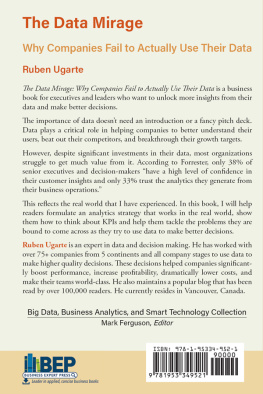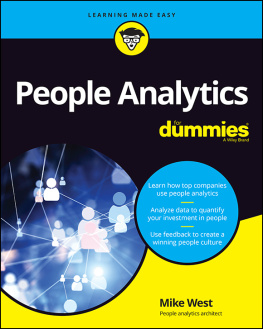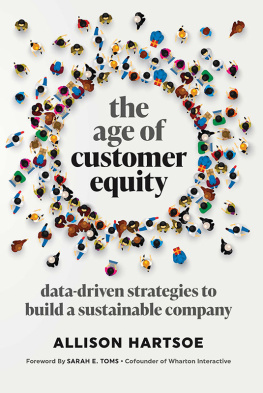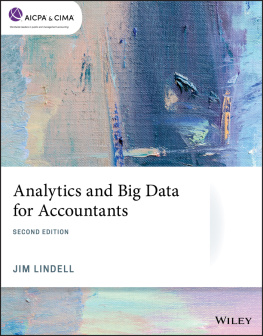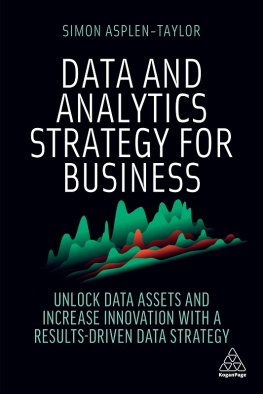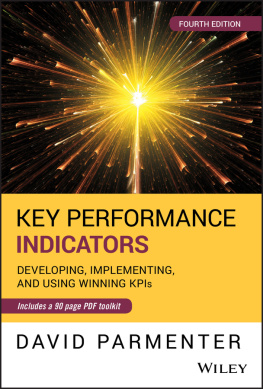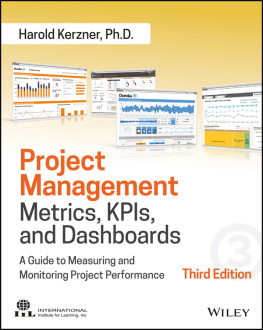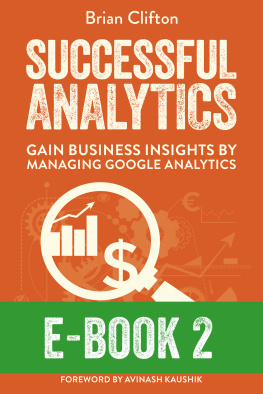Data Analytics and KPIs for Project Success
Table of Contents
Guide
How to use data analytics to improve project outcomes
Worldwide revenues for big data and business analytics is expected to grow to more than $187 billion by 2019 and the project management industry is projected to hit $5.81 trillion by 2020. Here is how some organizations are leveraging data analytics to improve their project performance.
Ted Friedman, vice president and analyst at Gartner, predicts the following four trends will drive fundamental changes in the use of data and analytics:
- Instead of just reflecting business performance, data analytics will become the driver of operations.
- Data and analytics will become infused in an organizations architecture from end to end, creating a holistic approach -- and this will include strategic project management in EPMOs (enterprise program management offices).
- Executives will use data and analytics for business strategy and growth, creating new additional roles for professionals.
- Experts share insights on how data improves project performance
Companies of all sizes have been using data analytics to seek out opportunities, reduce costs, create efficiencies, make better and faster decisions, and ultimately increase customer satisfaction; this also translates at the project, program and portfolio levels since these greatly enable company-wide strategy.
At the Chicago Bulls, Matthew Kobe, director of analytics, says its Business Strategy and Analytics team uses consumer insights to drive the strategic direction of the organization. They use data analytics to focus on three key areas of insight -- fan levels, business transactions, and digital engagement -- to inform the organizations strategic choices. He shares more about their focus on the three areas below:
- Fan Level Insights -- The Bulls are building a robust CRM and data warehouse solution that delivers a more holistic view of our fans. We seek to understand psychographic elements that help us to understand why a person is engaging and transacting with the Bulls, says Matthew. They also want to understand satisfaction and areas for improvement by capturing fan specific feedback on all elements of the fan experience.
- Transactional Insights -- The team analyzes all business transactions including ticketing, concessions, and merchandise, and wherever possible, Matthew says We tie these transactional elements back to the fan to build out a more complete customer view.
- Digital Engagement Insights -- The Bulls have a significant digital presence illustrated by the second largest social media following for any sports team in North America, says Kobe. Because of this, they work to understand the types of content fans are engaging with and how those engagements drive their fans downstream behaviors. They again make every effort to link engagements back to the fan to help their continued effort to further expand on their customer view.
With these three areas under our purview, we are able to more effectively influence change across the organization. Specifically, we have impacted nearly every area that influences a fans experience with the Bulls: Ticketing, Sponsorship, Digital Content, Marketing, and Concessions, he says.
Jason Levin, vice president of Institutional Research at Western Governors University (WGU), also shared how they use data analytics to create project wins. Conceptually, the most important data for project success is having a measurement plan that includes implementation fidelity and efficacy, he says.
He suggests answering this question: How do we know we are doing what we intended to do? and How do we know if what we did worked? Jason elaborates further on their methods for measuring implementation fidelity and efficacy.
For implementation fidelity, WGU has used many methods, ranging from analyzing log data of student sessions with electronic learning materials to having faculty use hashtag notations in the student notes.
For efficacy, our bias is to use randomized control trials, but we also use quasi-experimental methods. The most important data is to have a clearly defined outcome variable that can be reliably measured. Western Governors University (WGU) has a competitive advantage with outcome variables compared to traditional higher education institutions. At WGU, all our assessments are centrally developed to rigorous standards. This system of assessment produces much more reliable data than having faculty individually assigning letter grades.
He also describes another unique aspect of data at WGU - its domain taxonomy or hierarchy of learning outcomes mapped to learning materials and assessments. Student learning behavior can be mapped between the electronic course materials and assessment. Formative assessment data is more predictive of success on the high stakes assessment than simple page views.
To make the best decisions, companies need to be able to extract precise and relevant information from the data available. Absent this, raw data, no matter the quantity, serves no purpose. Ultimately, companies are seeking the type of information that tells them what their customers want most and is critical for guidance on project initiatives, direction, execution, and metrics.
How are companies using data analytics to improve project outcomes?
No matter what the industry, from technology to sports or education, data analytics has become an essential tool for enabling successful project outcomes and ultimately company-wide strategy.
We use data analytics to examine almost everything about our platform, including how many times our users request customer support, says Jonathan Rodriguez, Founder, and C.E.O. at BitMar Networks. The first thing that we realized was the more solutions we offered before our users even requested them, the less our users requested customer service.
He has confidence that by implementing data analytics, BitMar found a completely new approach to recruiting. Data told BitMar that your users do not need your tech support, they prefer to talk to one another, instead. So, provide that functionality and let them be. This highlighted the need for the company to hire community enthusiasts instead of customer service staff.
BitMar embarked on a project to develop a self-help platform for customers. Who would have thought that we would have been able to provide a platform in which the users get to help themselves, at virtually zero cost on our end? says Rodriguez. Data analytics not only helped BitMar zoom in on the types of projects they should be taking on, it also identified opportunities within projects to improve customer satisfaction and still reduce internal costs.
Jason Levin (WGU) says that probably the most successful project to date has been the Leadership and Communication course designed to educate students along the affective domain. Using quasi-experimental methods, we demonstrated significant improvement in retention and credit accumulation. Based on that research the course was implemented in the undergraduate Health Professions programs, which now serves about 1,000 students per month.
When it comes to the Chicago Bulls, Matthew says, using fan level and transactional insights to do an initial customer segmentation of their ticket buyers was a top priority over the last year. We wanted to understand whether we had any vulnerabilities across segments and any gaps in our product portfolio. Specifically, he says they identified opportunities to further develop fans that fall into the young professionals and families segments and took fan level insights to further build out personas for these segments to help functions understand how to engage them.


